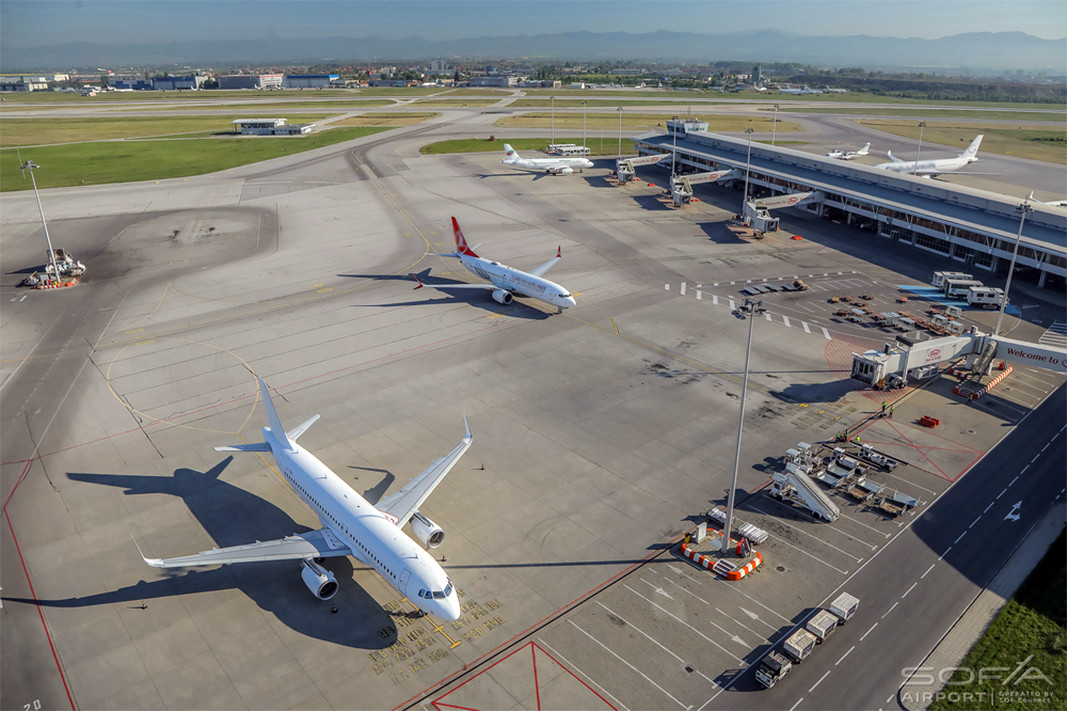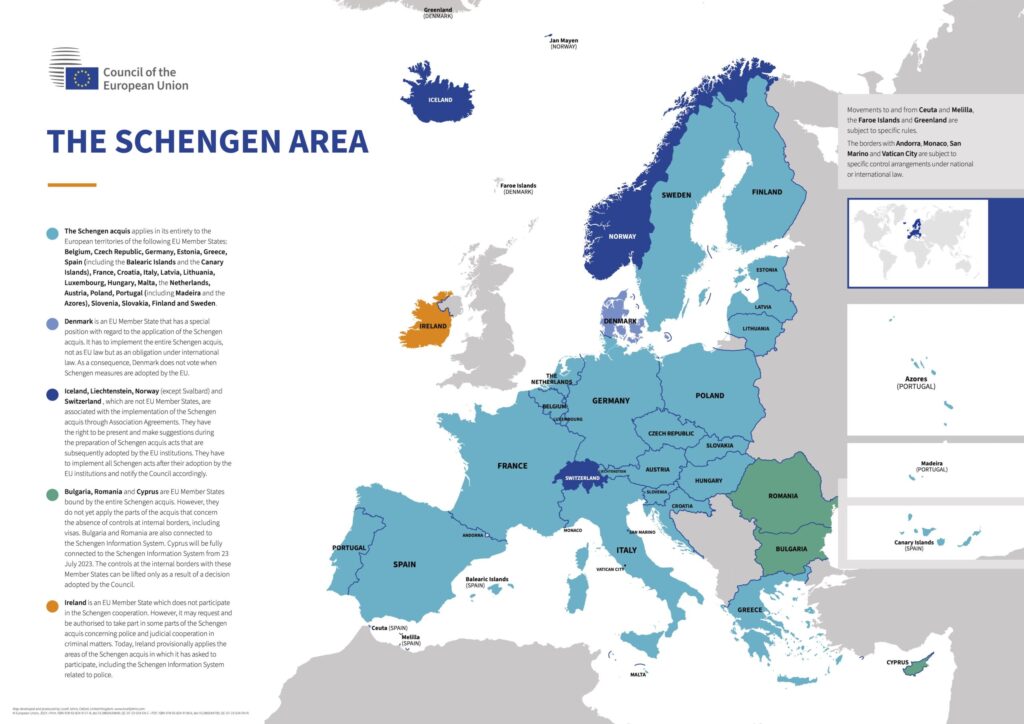Effective March 31st, Romania and Bulgaria are now part of the Schengen area. This means that passengers and crew arriving in these countries are able to move freely within the EU (by air and sea) without any further immigration or border checks. “Schengen Flights” landing in Romania or Bulgaria are not required to clear customs.
The first “Schengen flight” landed at 0020L on March 31 at LBSF/Sofia, from Naples.
The Schengen Area was established in 1985. Before Bulgaria and Romania’s admission, it was comprised of 23 of the 27 EU member countries, along with Switzerland, Norway, Iceland and Liechtenstein. The only remaining Non-Schengen countries in the EU are Ireland (because Ireland has a common travel area with the UK, and the UK doesn’t like the Schengen idea very much), and Cyprus.
Schengen countries: Austria, Belgium, Bulgaria, Croatia, the Czech Republic, Denmark, Estonia, Finland, France, Germany, Greece, Hungary, Iceland, Italy, Latvia, Liechtenstein, Lithuania, Luxembourg, Malta, the Netherlands, Norway, Poland, Portugal, Romania, Slovakia, Slovenia, Spain, Sweden and Switzerland.
Non-Schengen countries in Europe: Ireland, the UK, Albania, Belarus, Bosnia & Herzegovina, Cyprus, Kosovo, Moldova, Montenegro, North Macedonia, Serbia and Turkey.
Non-Schengen countries in the EU: Ireland, Cyprus.
More on the topic:
- More: EASA Safety Bulletin on SAF risks
- More: ReFuelEU: Europe’s new anti-tankering rules explained
- More: EU Temporary Admission of Aircraft – busting myths
- More: Noisy New Rule for EU Ops: The EASA Environmental Portal
- More: UK: No more LPV approaches after June
More reading:
- Latest: More face scans at the US border: BizAv now included
- Latest: Mexico Customs Surprises: Pills, Vapes, and Laptop Rules
- Latest: Greenland NAT Alternates: Dec 2025 Update
- Safe Airspace: Risk Database
- Weekly Ops Bulletin: Subscribe
- Membership plans: Why join OPSGROUP?












 Get the famous weekly
Get the famous weekly 





